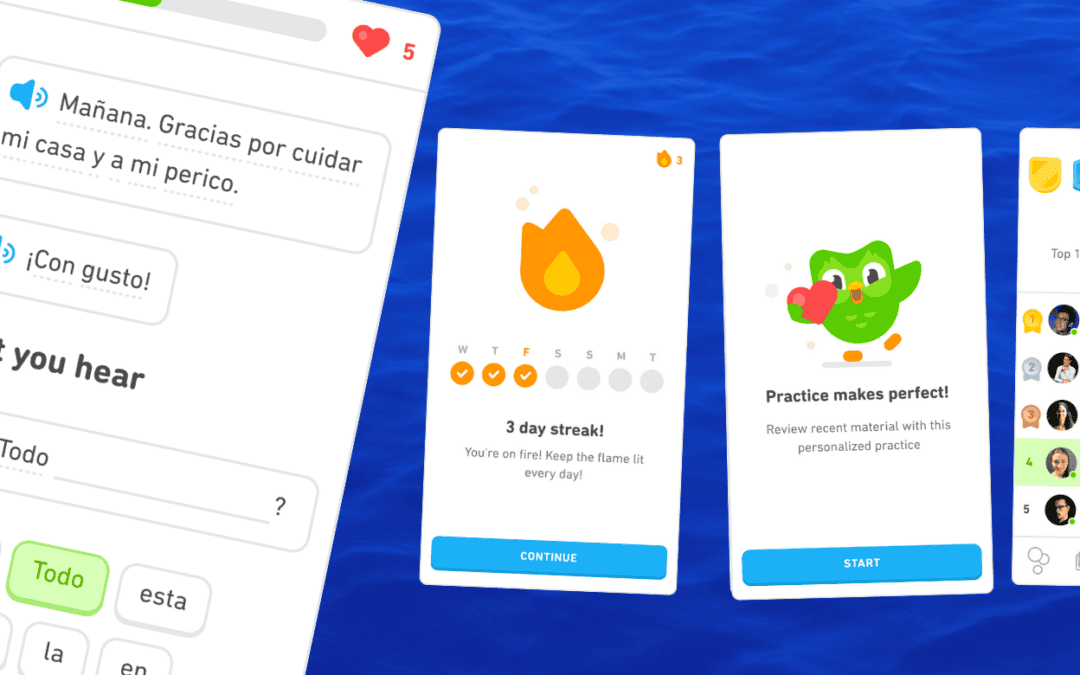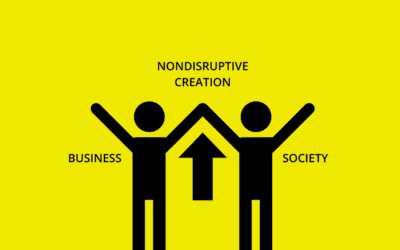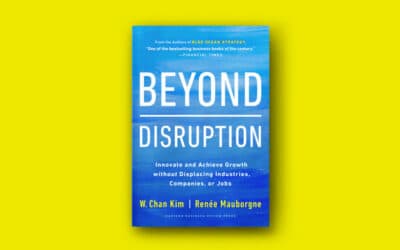By Colin Weston, host of The ModGolf Podcast
When I first looked at golf six years ago through my entrepreneurial lens, I saw an industry that was both in deep trouble and ripe for innovative creativity. The golf industry was on the decline, as over 20% or five million golfers had left the game, resulting in courses closing and equipment sales to drop. Golf courses and companies desperately wanted to connect with a younger and more culturally diverse audience, but their approach was to package the same products and experiences to a market sector that didn’t care to buy what they were selling.
The recreational golf experience has several pain points that serve as multiple barriers to entry for new audiences. The main ones are:
- too hard to learn
- too expensive
- takes too much time
- doesn’t align with contemporary social lifestyles
- has an image problem of being stuffy and elitist
- intimidating and complicated
But over the past half-decade golf has been experiencing a renaissance, as entrepreneurs and influencers have looked outside the traditional golf industry box to attract new ‘non-golfing customers’ to the game. Rather than compete for the attention and wallets of the existing 20 million US golfers, real growth in the $84 billion/year golf industry lies in the ability to unlock underserved market segments of non-golfers.
The companies and organizations that are succeeding to attract new customers to the game follow a business approach known as blue ocean strategy, where they create an innovative leap in customer value at lower costs that makes the competition irrelevant.
Yes, technology helps these companies unlock new markets, but their ability to create a ‘leap in customer value’ is what makes them successful.
Innovations in the Golf Industry
I was introduced to Blue Ocean Strategy (BOS) in 2013 and started to apply the principles presented by co-authors Chan Kim and Renée Mauborgne to the golf innovations our company creates. So rather than “swim in the red ocean of bloodied competition” and fight over the existing golf-playing customer base (golf equipment manufacturers and course owners), Blue Ocean innovators change their mindset from “that’s just the way our industry does it” to one that reveals new customer value by solving pain points like those mentioned above.
My work over the past five years as a ‘golf innovator’ has inspired me to create The ModGolf Podcast. 50 episodes in, I’ve interviewed several entrepreneurs that have achieved success by following blue ocean strategy principles. Yes, technology helps these companies capture new markets, but their ability to create a ‘leap in customer value’ is what makes them successful. Following the concept of Value Innovation gets the blue ocean strategy ball rolling.
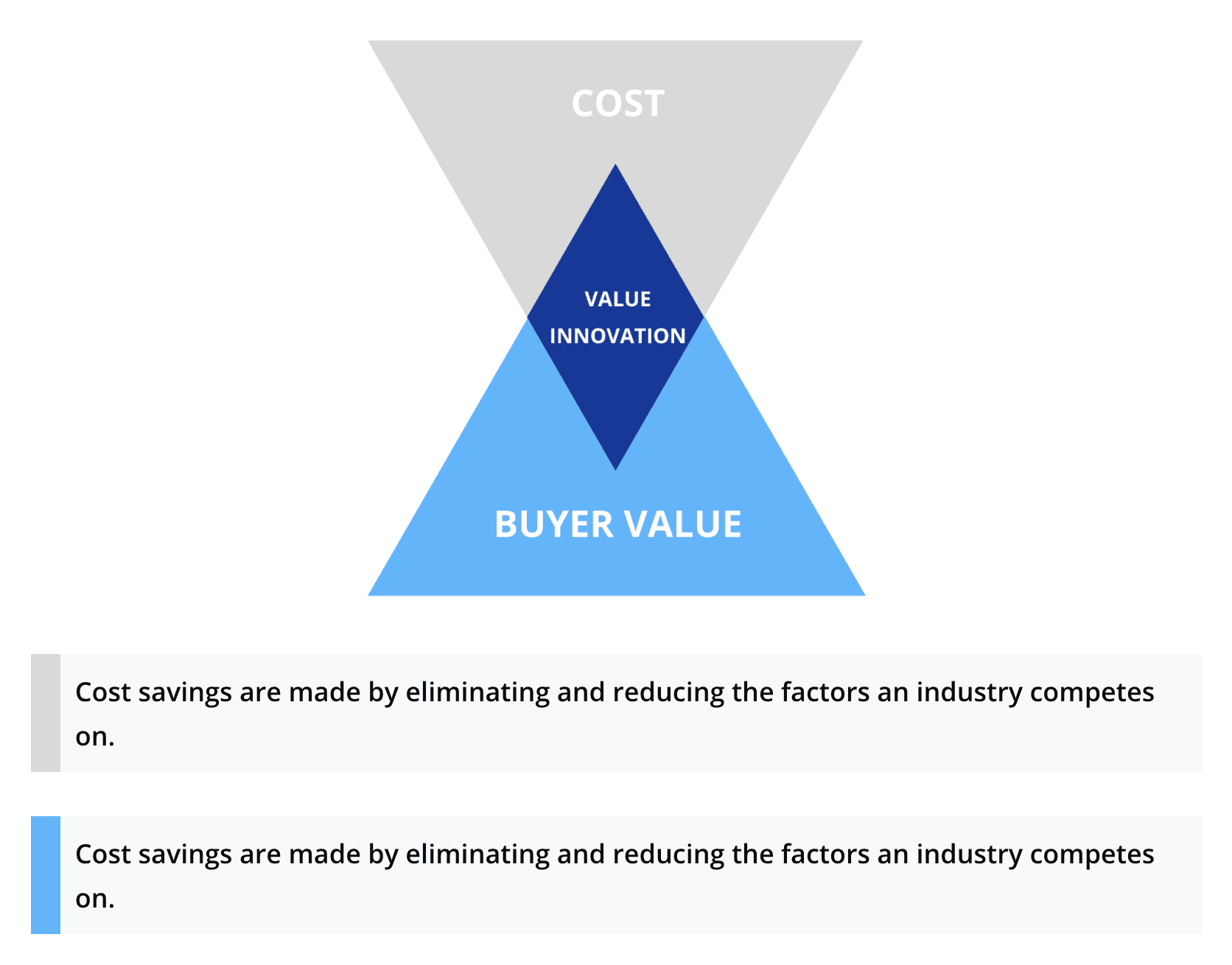
Value Innovation © Chan Kim and Renée Mauborgne
Every industry sector can and is unlocking explosive growth through blue ocean strategy, ranging from entertainment and charity fundraising to healthcare delivery and bathroom tissue. The golf industry is no exception. How do they do it? To attract current noncustomers and tap into new markets, these organizations create value by following a ‘Four Actions Framework‘ that isolates the factors their industry competes on. Next, they eliminate factors that are no longer relevant, reduce factors that add less value, raise factors that add more and create new ones that their industry has never offered before.
I’ll provide four quick snapshots of organizations that are creating new customer value using the Eliminate-Reduce-Raise-Create Grid and the Four Actions Framework, followed by a deeper blue ocean strategy case study of one to show you how this works.
1. The Major Series of Putting (MSOP)

The Major Series of Putting (MSOP) gives pro and amateur golfers from all walks of life and all parts of the world the opportunity to show off their mastery with the putter and compete for the serious dough in high-stakes putting championships. Players can take their shot at glory in regional qualifiers throughout North America or directly purchase a spot in the finals held at their temporary purpose-built Las Vegas stadium.
Putting is the easiest golf shot to learn and getting the ball in the hole is the most gratifying part of the game
Amateur Golf with a difference
MSOP doesn’t compete against other golf industry players over an existing market, instead, they create partnerships to help propel them forward. By holding their qualifying tournaments on some of the thousands of under-utilized golf course putting greens, MSOP eliminates the need to build a national network of venues. They reduce the space needed and time required to play (each 18 hole round takes less than an hour), raise the hospitality and entertainment offering (driving revenue and ramping up the fun factor) and creating new value by adding casino-style ‘skills-based gaming’ so the public can place bets on themselves while testing their putting skills.
Putting is the easiest golf shot to learn and getting the ball in the hole is the most gratifying part of the game. MSOP unlocks an ocean of new sponsors and playing customers by creating a fun, fast experience that can be enjoyed by people of any age, gender or skill level.
You can listen to our podcast interview with MSOP President Guillaume Béland here.
2. Topgolf

Started over 20 years ago by twin brothers Steve and Dave Jolliffe as a way to make their driving range practice experience less boring, Topgolf now has over 40 US locations and is expanding internationally. Topgolf follows blue ocean strategy by not competing with the 15,000 US golf courses for a share of the existing 20 million golfers. Instead, they looked across customer boundaries to appeal to a much larger – and younger – ocean of nongolfers looking for fun, active and socially connected sport entertainment experiences.
Last year Topgolf’s US venues served over 10 million customers, with over 42% of those surveyed stating they consider themselves nongolfers (never swung a club before to playing less than two rounds a year). By driving land and operation costs down and raising the fun/music/gameplay/hospitality bar, Topgolf has created value innovation that aligns with their tagline: “Everyone’s Game”.
Topgolf’s Eliminate-Reduce-Raise-Create grid to identify golf industry pain points and alternative-industry opportunities:
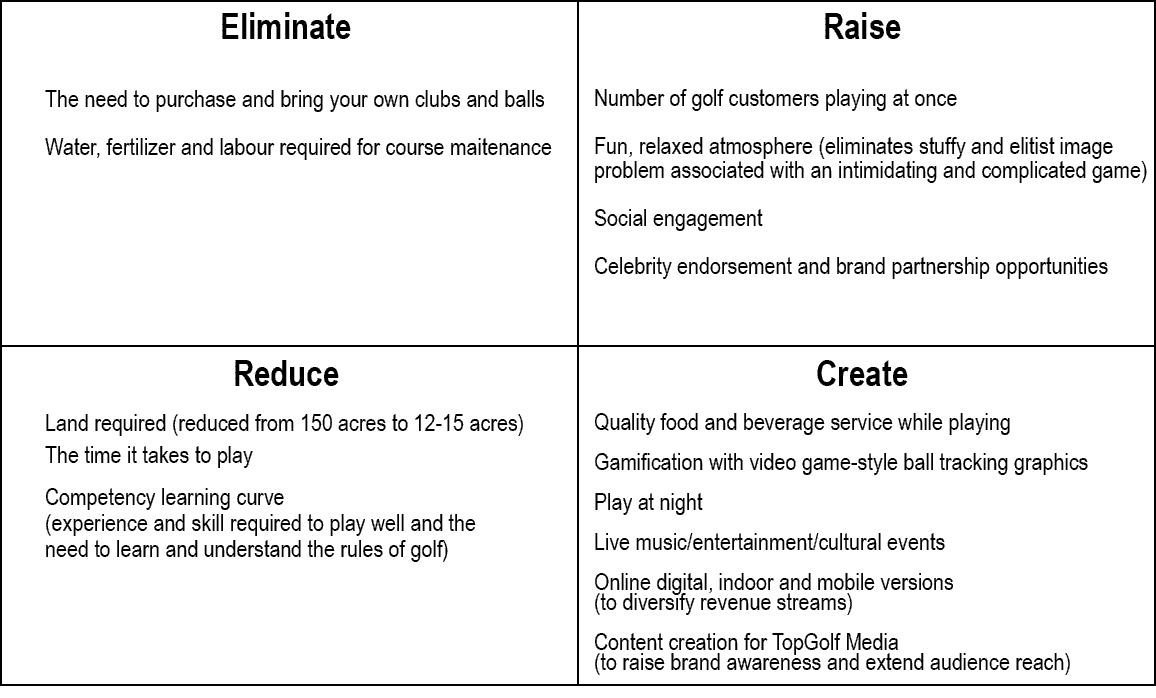
For more information on Topgolf, you can listen to our podcast episode here.
For more information on Topgolf, you can listen to our podcast episode here.
3. Women’s Golf Day

National Women’s Golf Day
Founded three years ago by Elisa Gaudet, Women’s Golf Day is an annual global event that takes place on the first Tuesday of June. Women’s Golf Day has unlocked a massively underserved market segment of golf noncustomers: the millions of women interested in playing golf but feel intimidated by and unwelcome to participate in the sport.
They’ve managed to scale a four-hour global event (46 countries/1000+ venues/35,000 participants in 2018) by crafting an experience (two hours of golf instruction followed by two hours of fun, social interaction) based on the feedback non-golfing women have provided.
To grow their share of a market, Women’s Golf Day strives to retain and expand their existing customer base of non-golfing women by appealing to what blue ocean strategy refers to as the noncustomers. As outlined below, Women’s Golf Day has created an event offering that reaches beyond the current recreational golf playing market by appealing to Tier 1 (Soon-to-be) and Tier 2 (Refusing) noncustomers. As they gain traction and awareness, Women’s Golf Day is positioned to attract women and girls from the largest segment: The Tier 3 (Unexplored) noncustomers.
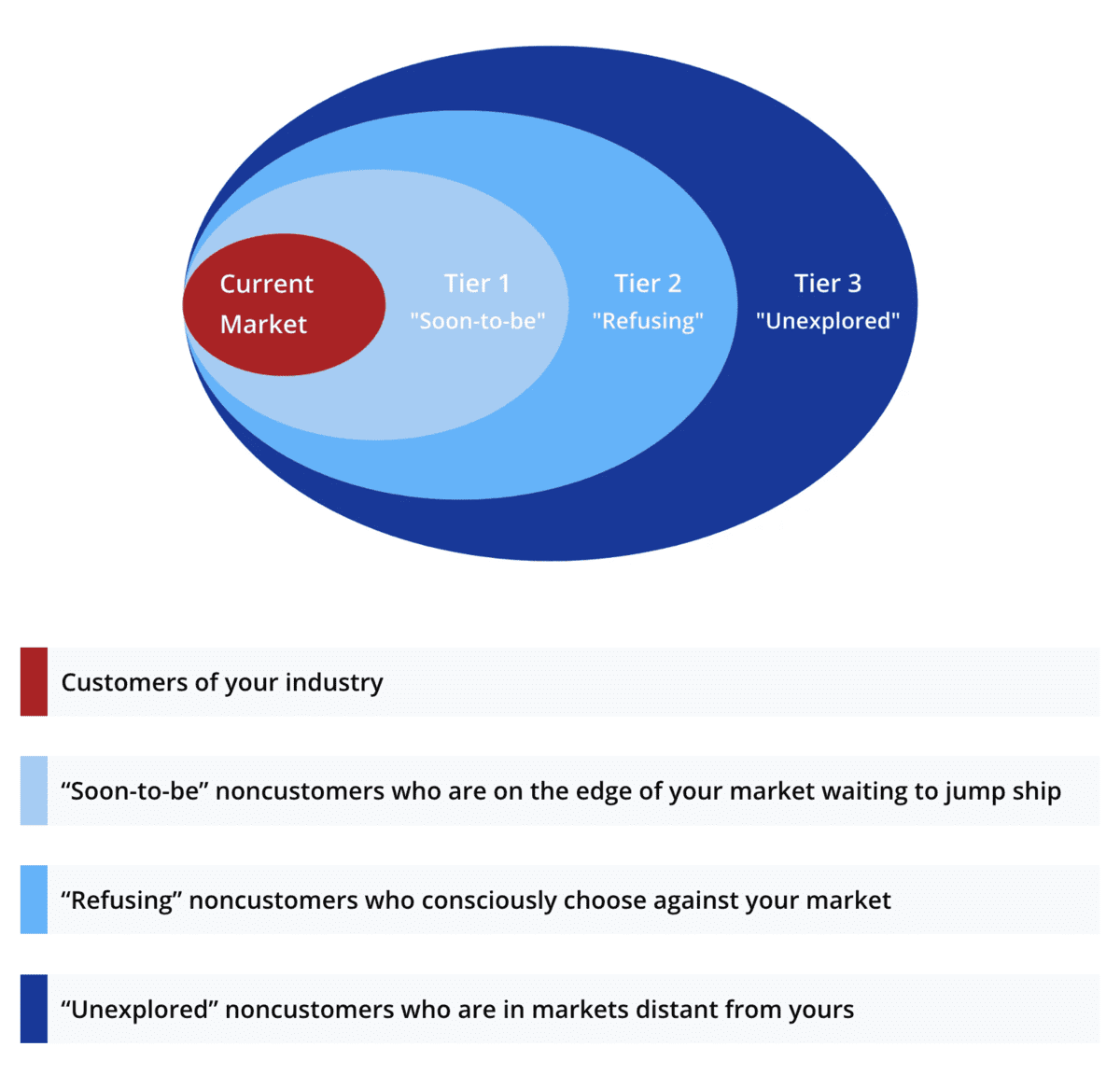
Following the Eliminate-Reduce-Raise-Create and the Four Actions Framework, Women’s Golf Day has created a movement that doesn’t compete with golf industry players but instead creates a leap in customer value and experience. Here’s what they’ve done:
- Eliminate golf facility renting/owning by partnering with the largest course ownership companies in the world
- Eliminate marketing and PR costs by having a great story to tell which media outlets and fans are eager to share
- Reduce staffing needs through a volunteer-based ambassador program
- Reduce the time and skill required to participate
- Raise the sense of community and belonging that appeals to women, along with the convenience of the event
- Create a social atmosphere around food, hospitality, music and fashion
To learn more about the national Women’s Golf Day, listen to our podcast interview with Elisa here.
4. NextLinks

NextLinks “combines technology and entertainment to create a realistic and exciting next generation golfing experience”. Unlike Topgolf, Nextlinks creates value by “partnering with pre-existing entertainment/restaurant venues and traditional golf destinations with proprietary technology-driven golf entertainment solutions. NextLinks re-purposes underutilized space without the need for new brick and mortar construction”.
Founder Dave Shultz leverages his previous professional experience at GE to form his vision for NextLinks. Dave embraces a blue ocean mindset to attract new golf entertainment customers who show little interest in playing 18 holes of traditional golf. Their patented technology gamifies the golf experience both outdoors (their “Shots In The Night” installation at Indian Wells Golf Club is pictured above right) and indoors (their skills-based gaming “Putter’s Lounge” for casinos below), combining laser projections and augmented reality to create immersive experiences that everyone can enjoy.

You can find our NextLinks podcast episode with Dave Shultz here.
Blue Ocean Strategy Case Study Analysis: Topgolf – “Everyone’s Game”
To explain how Topgolf has managed to make the competition irrelevant, we will first plot all the factors which the traditional golf industry competes on. These factors are the consolidation of the Eliminate-Reduce-Raise quadrants from the Four Actions Framework I mentioned earlier. We chart the graph points of each factor based on an “Offering Level” ranging from high to low. Bear in mind that a factor ranked as high does not necessarily make it great or desirable.
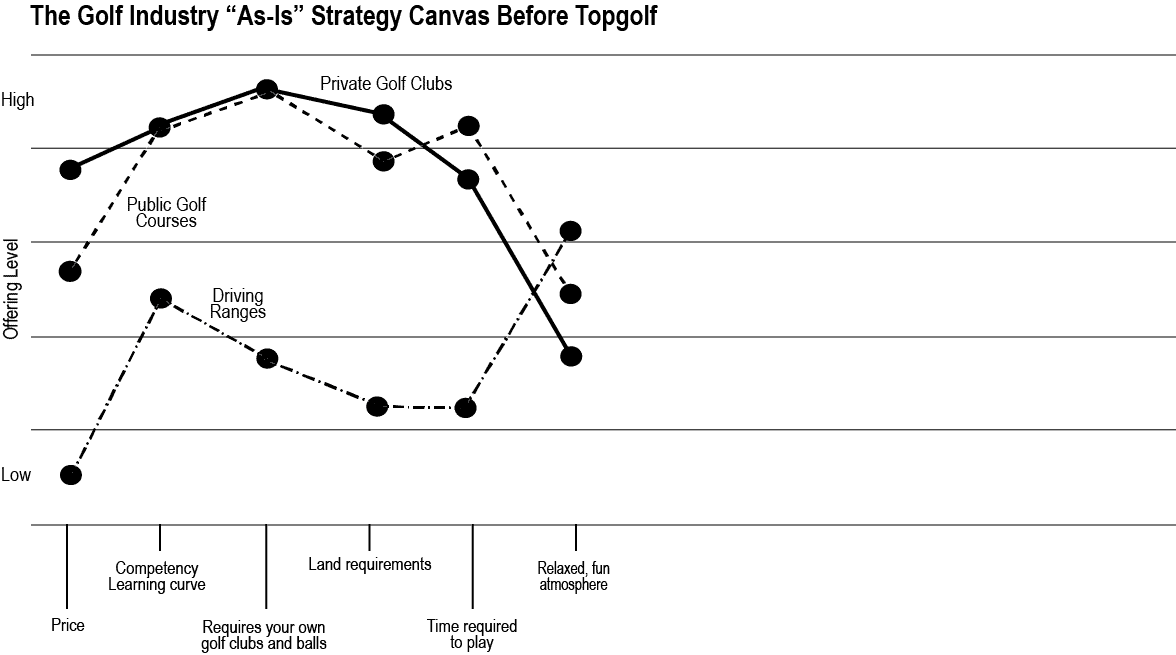
You’ll notice that both public and private golf courses chart similar “Offering Levels” on the factors they compete on, while the driving range experience appeals to a slightly different market. Next, we’ll chart Topgolf’s Strategy Canvas to reveal how they not only eliminate, reduce and raise the factors which the golf industry competes on, but how they create new offerings that offer a leap in customer value, revenue and profits.
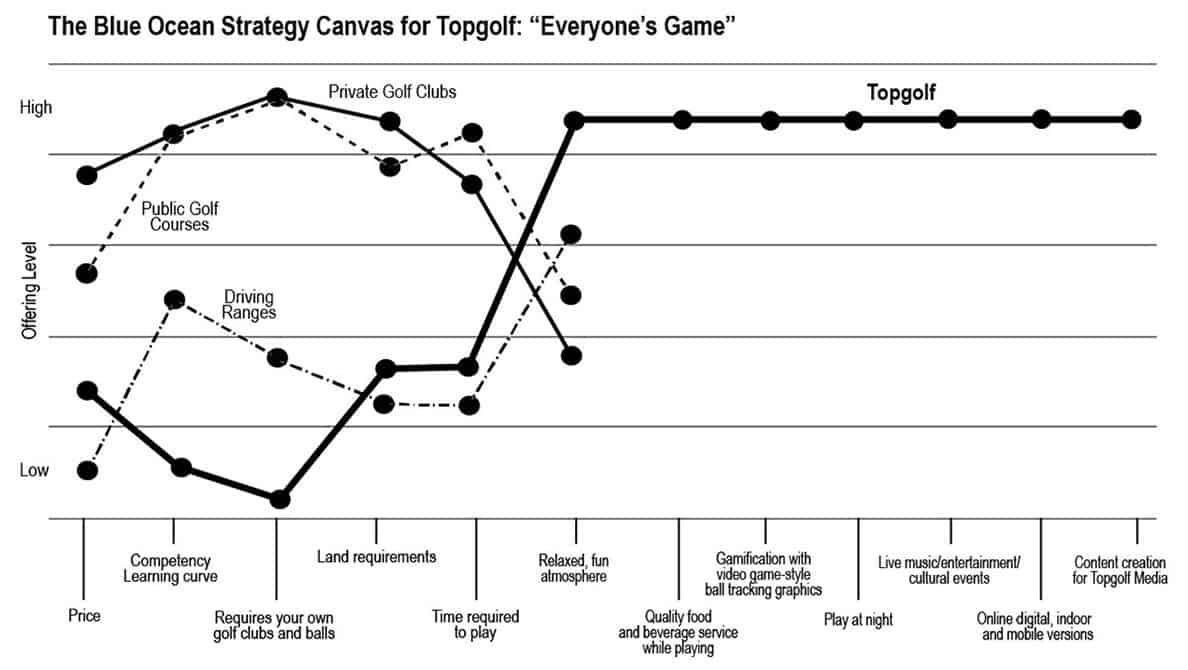
If this article resonated with you, take a deeper dive into Blue Ocean Strategy and their new book Blue Ocean Shift to learn how to position your product/service/experience offering for uncontested growth. Whether you’re a scrappy startup or established industry player looking for new growth, you should check out other resources on the website for access to the tools and case studies that both educate and inspire.
About the author
Colin Weston is the Co-Founder of REVIVER Sport Entertainent, host of The ModGolf Podcast and Co-Founder of Startup Vancouver.



